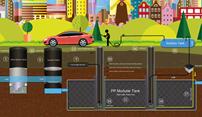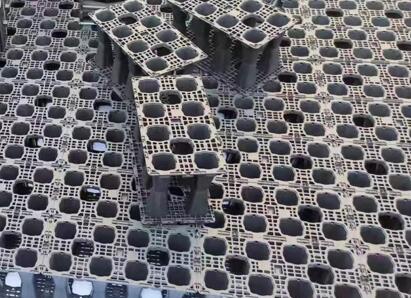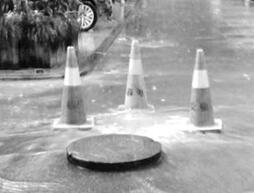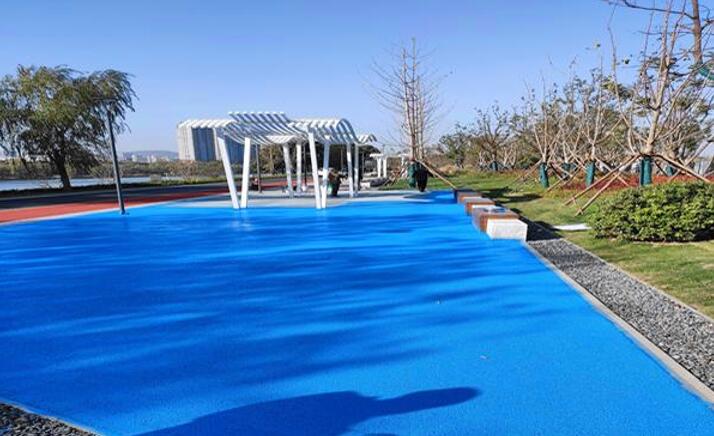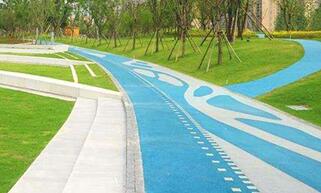Singapore “Sponge City”: well-regulated, strict standards
As a tropical island with abundant rainfall, Singapore’s highest annual rainfall has continued to rise in the past 30 years, but few urban locusts occurred. Every rainy season, there are several heavy rains that comes and goes every day, but no obvious water and guilt in the city. All this is due to the design of science, well-distributed rainwater harvesting and urban drainage systems.
First of all, plan the urban drainage system in advance. Singapore usually plans and designs the underground & ground drainage systems of the building before construction. Therefore, each building, including the sidewalks and roads, is distributed with a certain number of drains. These drains are connected to the city’s main drainage system, forming a city’s rainwater collection and discharge network throughout the island, ensuring that a large amount of rainwater can be discharged in a timely and rapid manner. At the same time, the rainwater harvesting and discharge system of the building itself is complete.
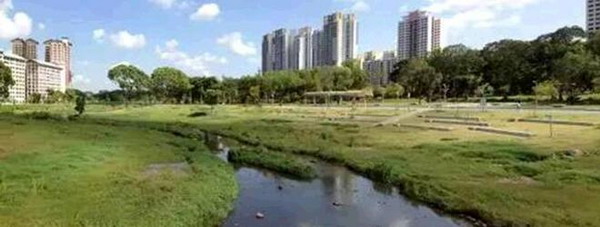
Second, strengthen rainwater drainage and build large reservoirs. The rainwater collected through the urban rainwater harvesting system will eventually flow into 17 large reservoirs around Singapore’s cities, these large reservoirs are also key to Singapore’s solution on stormwater drainage and urban flooding.
Third, establish strict standards for ground construction drainage. To ensure timely discharge of rainwater in the event of a surge in rainfall, the Singapore Public Utilities Board has revised and upgraded ground building drainage system standards several times, requiring all new buildings to increase the height of the watertight threshold . The water storage or “water absorption” facilities installed by the developer for the building shall be able to “trap” 25% to 35% of the surface runoff to reduce the burden heavy rain on the building.
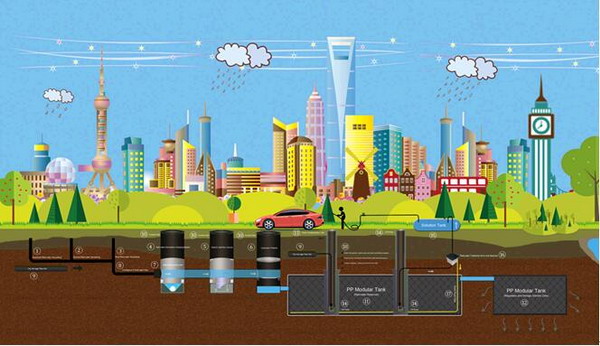
It is reported that the new underground drainage and storage integrated system will have three functions of drainage, water storage and power generation to better help Singapore achieve self-sufficiency in water supply and energy supply.


